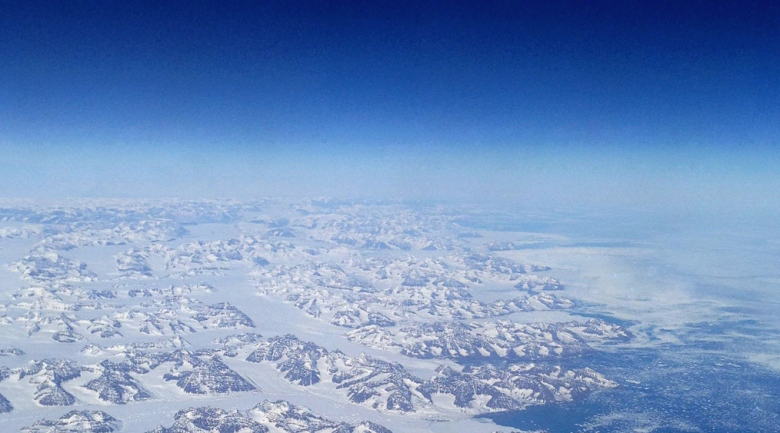
Researchers used high-frequency atmospheric observations from Gosan, South Korea, and Hateruma, Japan, and global monitoring data and atmospheric chemical transport model simulations to determine that manufacturers in northeastern China increased production of ozone-destroying CFCs by about 7000 tons per year from 2014 to 2017.
Emissions from eastern mainland China are 7000 tons per year higher in 2014–2017 than in 2008–2012. The increase in emissions was primarily around the northeastern provinces of Shandong and Hebei. This increase accounts for a substantial fraction (at least 40 to 60 percent) of the global rise in CFC-11 emissions.
They use the banned product because it has better quality and a cheaper price. Factories were either producing the gas in secret and others do it openly and have it ignored by the local government.
